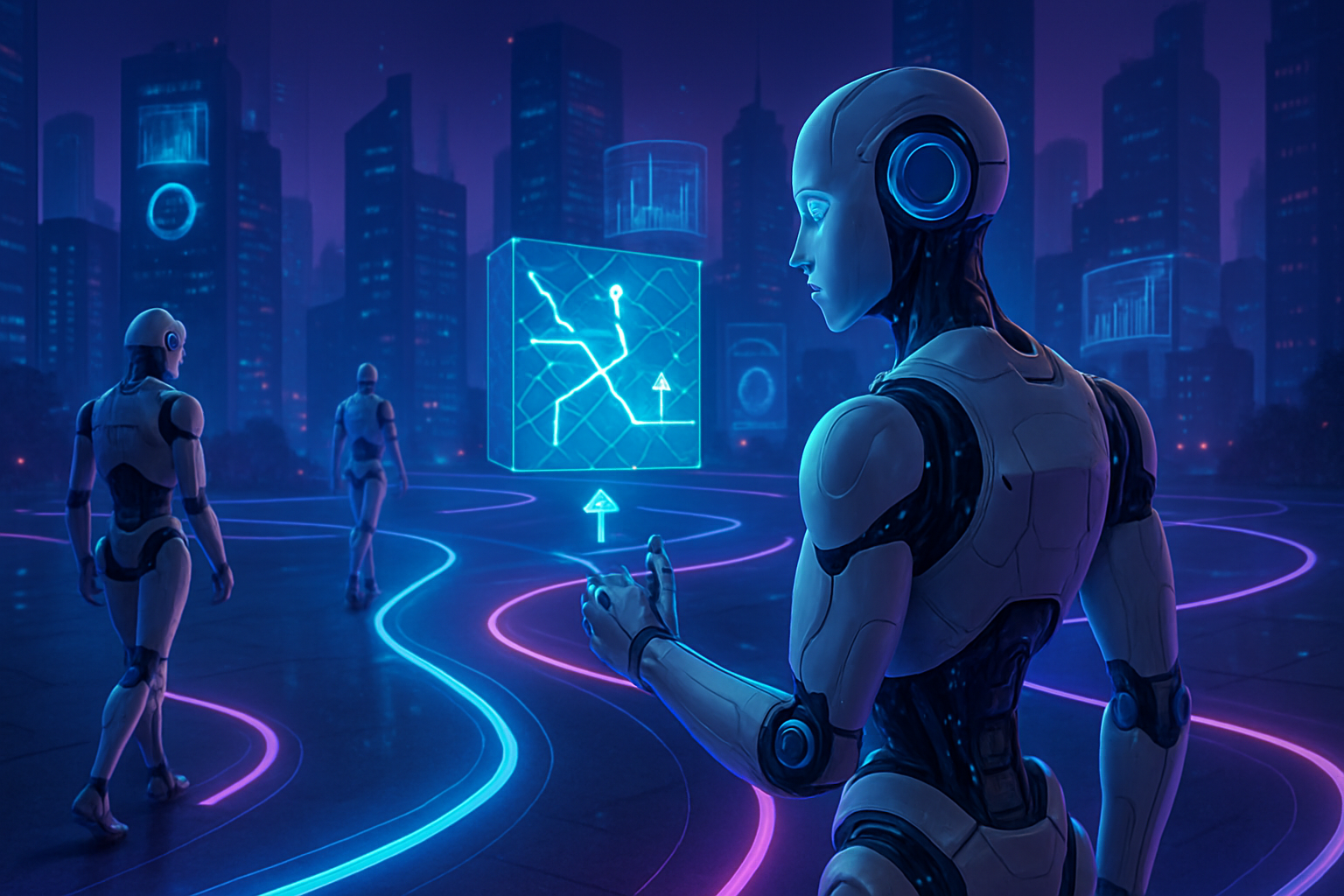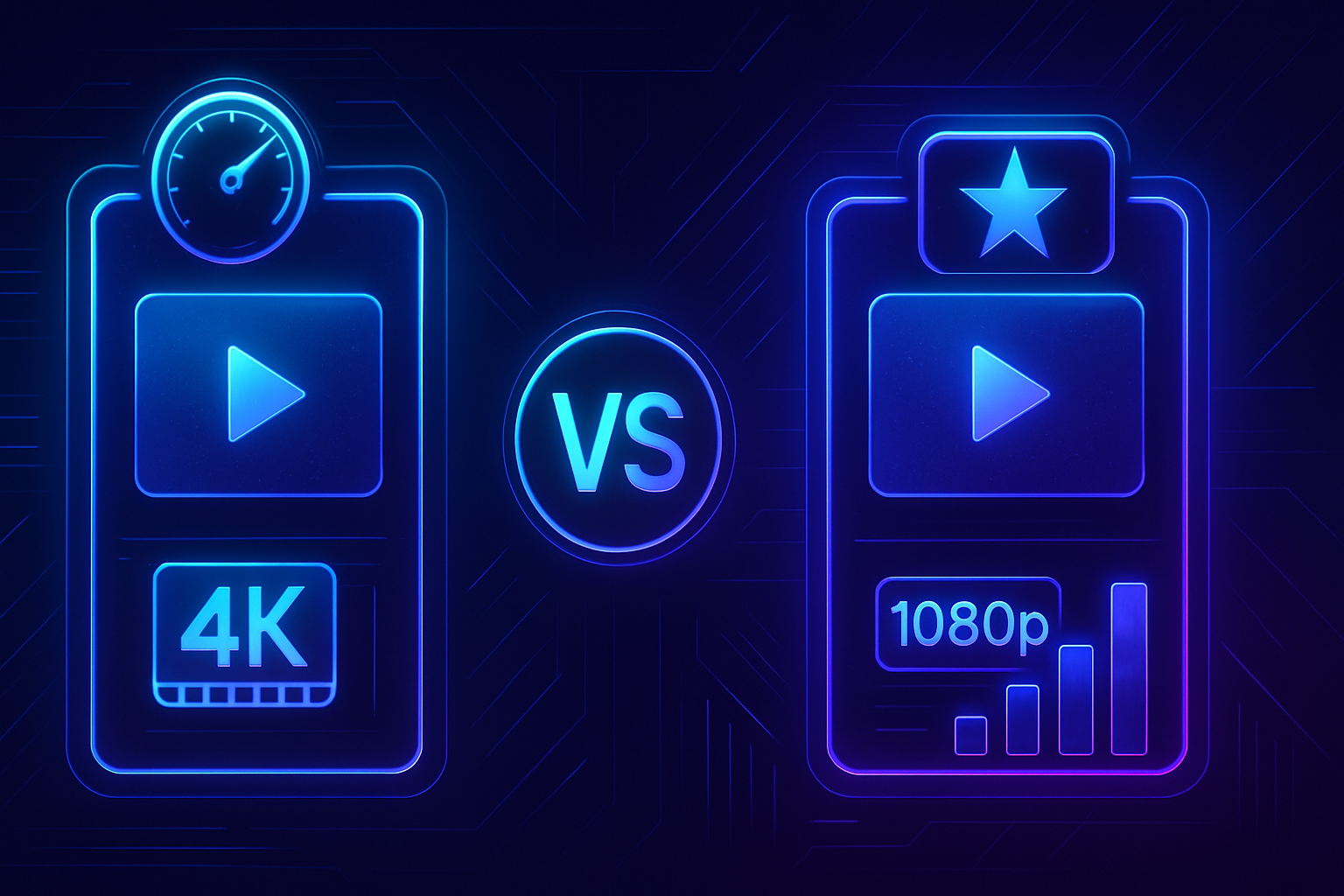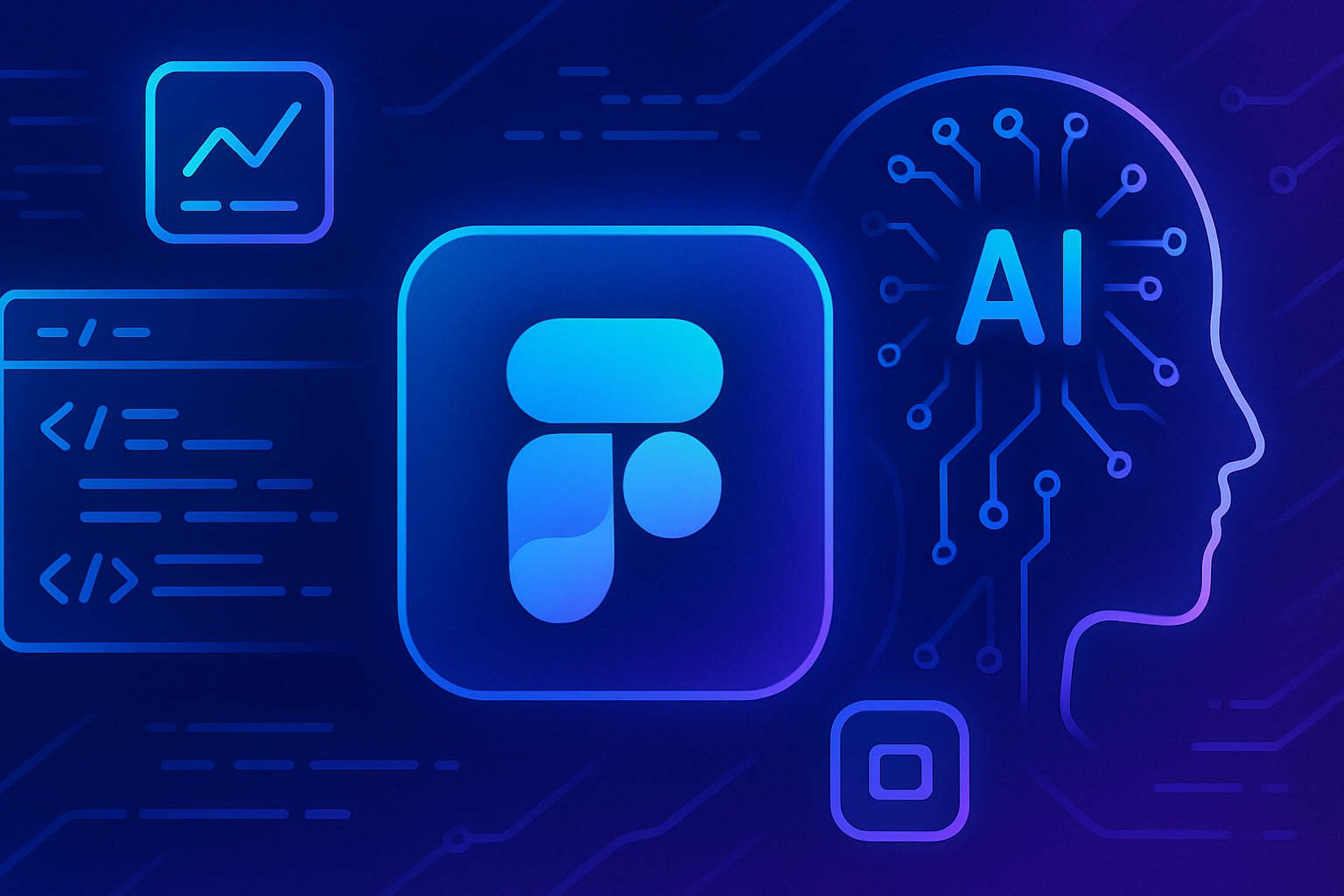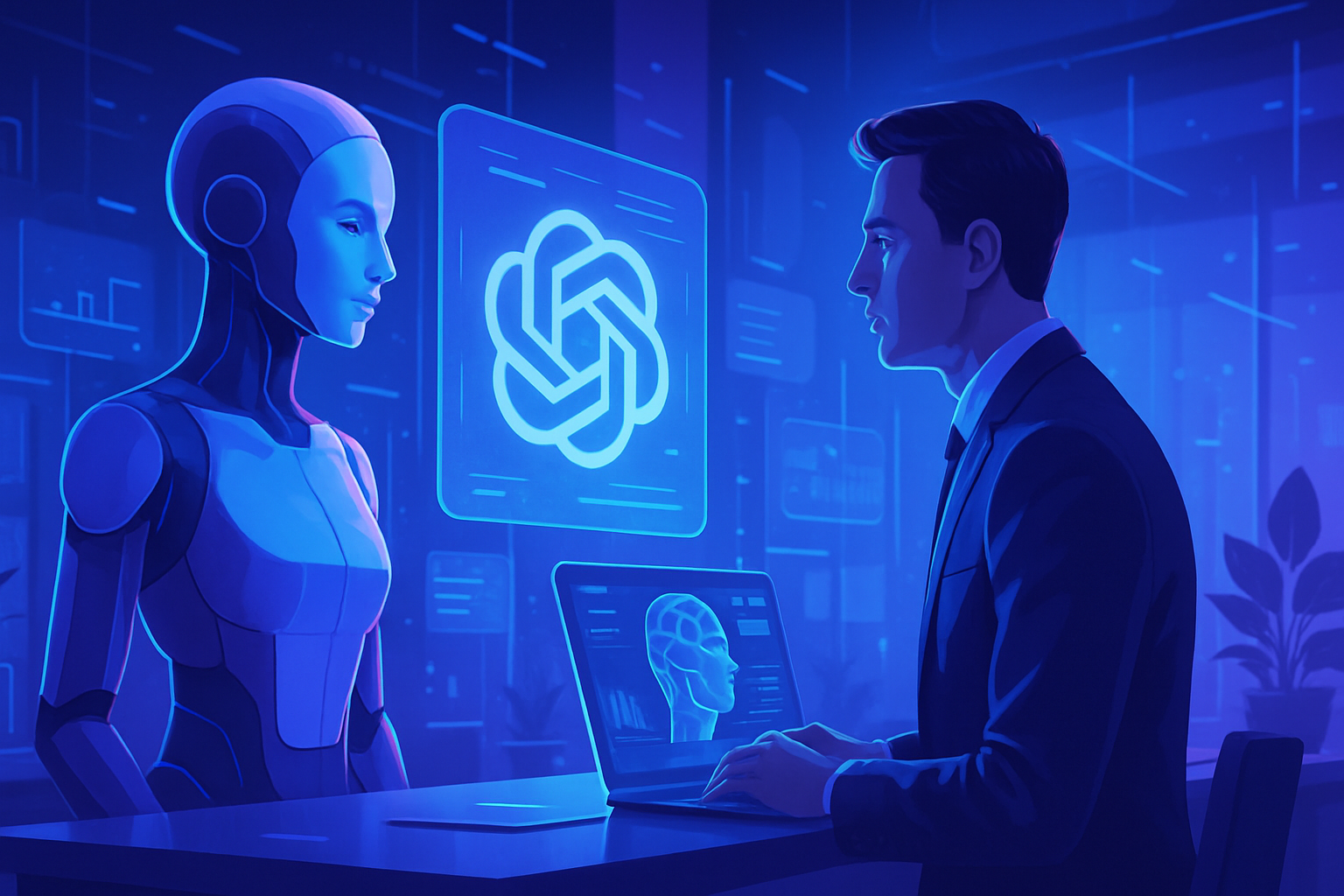An efficient and safe navigation is imperative for robots in ever-evolving environments. The inherent challenges of complex spaces make this quest essential. Inspired by the human ability to find a way, a new approach merges deep neural networks with classical optimization. The result: reliable trajectories adapted to the constraints of robots. This advancement hints at a future where machines will harmoniously integrate into human daily life.
An innovative approach to robotic navigation
A team of researchers from the Huzhou Institute at Zhejiang University, China, has designed a revolutionary method to improve robot navigation. This approach, based on a deep neural network and classical optimization techniques, aims to replicate the typical path planning capabilities of humans. The researchers aspire to equip robots with the ability to navigate complex and dynamic environments.
Human inspiration for path planning
The motivation behind this research is based on a simple observation: humans can, often by intuition, identify walkable paths through difficult environments. Zhichao Han, the lead author of the study, emphasizes that the goal was to create a robust trajectory planner capable of facing non-holonomic constraints. Through this approach, they developed a lightweight neural network capable of simulating this process efficiently.
Optimization and planning techniques
The researchers merged a neural network with a new spatio-temporal trajectory optimizer. This combination significantly enhances the stability of the produced trajectories. Where many classical planning methods suffer from prolonged online searches, the proposed method guarantees reliable path outputs within a predictable timeframe.
Hierarchical planning framework
This planning framework is structured around two main objectives. Firstly, the initial planning step is inspired by learning methods to allow for a quick understanding of a walkable route. This ensures constant and predictable planning times. Secondly, the paths generated by the neural networks are converted into smooth movement commands, usable by real robots.
Validation of the new approach
Initial tests of this innovative method revealed its superiority over previously established techniques. Han and his collaborators’ approach proved to be more stable over time, producing relevant paths even in complex environments. Its ability to circumvent issues related to prolonged searches makes it a significant asset for the future development of robots.
Application perspectives
This advancement paves the way for increased use of robots in various complex missions. Whether for search and rescue operations, logistics tasks, or exploration of dynamic environments, this new method could transform the possibilities for integrating robots into varied contexts.
Future advancements
Han also mentioned projects aimed at overcoming the simulation-to-reality transfer challenge. This involves improving the fidelity of simulations and enhancing the robustness of robots’ perceptions. The ambition lies in enabling robots to operate safely in varied and complex real-world environments, thus ensuring their integration into daily life and industrial applications.
To deepen your knowledge, check the following links: innovative robotic navigation, robot mapping and robot perception.
Frequently Asked Questions
What is the importance of a human-inspired robotic navigation approach?
This approach is crucial as it enables robots to navigate intuitively in complex environments, similar to how humans would. It enhances the safety and efficiency of robots during their missions.
How does this navigation method improve the reliability of robots?
By integrating deep neural networks with optimization techniques, this method provides a more stable and predictable path planning, even in dynamic and cluttered environments.
What types of environments can benefit from this navigation technology?
This technology is suitable for various environments, including urban areas, complex indoor spaces, and even during search and rescue missions, where navigation requires rapid adaptability.
How does the system learn to plan trajectories?
The system relies on a large dataset of expert examples, allowing it to distill past knowledge and improve its planning capabilities by mimicking human cognitive processes.
Can robots using this technology operate in real-time?
Yes, the system is designed to generate paths within fixed and reliable timeframes, allowing it to operate efficiently in real-time, a critical aspect for mission success.
What are the challenges related to integrating this approach into existing robots?
One of the main challenges is ensuring a smooth transition between simulation and real environments while improving the robustness of robot perception against environmental changes.
Is this method applicable to other types of robots beyond lightweight robots?
Yes, this approach can be extended to different types of robots, including fixed-wing robots, to optimize their navigation in varied terrains, such as mountains or urban environments.
What benefits do digital optimization techniques offer in this context?
Digital optimization techniques enable the refinement of trajectories generated by neural networks, ensuring smoother and more precise movement commands for robots in action.






